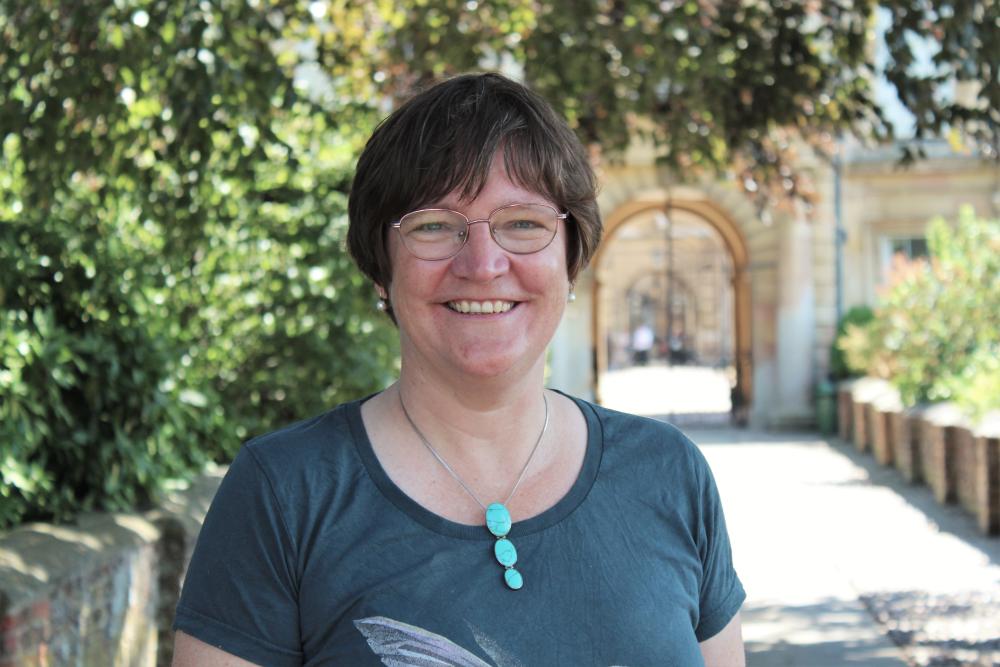Crowds in world history

My current book project seeks to develop a global history of ‘the crowd’ as a social and historical category. Conceiving crowds as more than simply aggregations of people, I examine how people become conscious of being part of a crowd, and how in turn such crowds develop their own social momentum. The focus is particularly on protest crowds: my book argues that ideas about the crowd and instances of crowd action (such as riots) are an important theme in world history from the seventeenth century to contemporary times.
I conceived the project in the summer of 2020, when I was struck by the paradoxical juxtaposition of Black Lives Matter protests with the crippling pandemic of coronavirus: a new ‘crowd disease’. The pandemic necessitated social distancing: yet, people still gathered to protest. Simultaneously, government-imposed lockdowns generated demonstrations across the world. During that summer I was trying to write a journal article on the ‘Hooligan Riots’, which occurred in Cape Town, South Africa, during 1906. Described as the ‘unemployed disturbances’ in newspapers as far afield as Australia, this episode of widespread unrest saw the urban poor take over the city for three days, causing extensive property damage and a great deal of anxiety for Cape Town’s elite. Since I could not do any research in archives, I looked for histories of urban riots in Africa. There were surprisingly few to be found; especially when compared to the rich literature on the topic in modern European and British history. I decided to write the book myself and took the ambitious step of framing it as a global history. At the end of 2020, I secured a book contract and have since been awarded three research grants for the project.
One of the many daunting aspects of researching crowds in world history is of course that there is no shortage of them! All the same, taking a global perspective enables me to draw upon a rich historical literature on, for example, the 1692 tumult de los indios in Mexico City – when a crowd of indigenous people set fire to Spanish colonial government buildings – as well as the Rice Riots, a series of popular disturbances in Japan during 1918. I am also researching primary source case studies on colonial crowds in South Africa, Nigeria, and Jamaica.
A shared thread between these colonial crowds is the emergence of what one Jamaican newspaper described in 1859 as the ‘unwashed multitude’. This was an apparently unknowable group of people very threatening to colonial authority. In Jamaica and the Cape Colony this ‘multitude’ was largely made up of ex-slaves and their descendants. Its existence generated deep fear, pointing us to a central question that runs through the entire world history of crowds: to what extent do crowds transcend or override the intentions of the individuals involved?
To help answer that question let us take a leap forward in time to Lagos, Nigeria, in October 2020. Enormous crowds mobilized online and on the ground at this time, as part of the #EndSars movement, which protested police brutality. This was youth-led activism that organised protest crowds in a decentralised way and used diaspora-activated ‘crowdfunding’ to support activists. On one of my fieldwork trips, I collected oral histories from participants who subverted everything I’d read about crowds so far. For them, the crowd was a place of safety against unpredictable and violent state authority. An ‘ethics’ was generated from within asserted one informant, which she claimed was connected to the ‘zeal’ she and her friends shared. It was government-sponsored thugs who ultimately ‘hijacked’ the crowd from outside, she asserted, not internal mob mindlessness. Nonetheless, it is still difficult to draw a sharp distinction between the intentions of the #EndSars crowd and the individuals within it. This blurring of intentions is also characteristic of other digital/physical crowds: from the 2010-11 Arab Spring to the US Capitol riot in January 2021. In the end, we can agree that crowds make history, but it’s worth unravelling how histories make crowds as well.
Ruth Watson is an Associate Professor in African History
